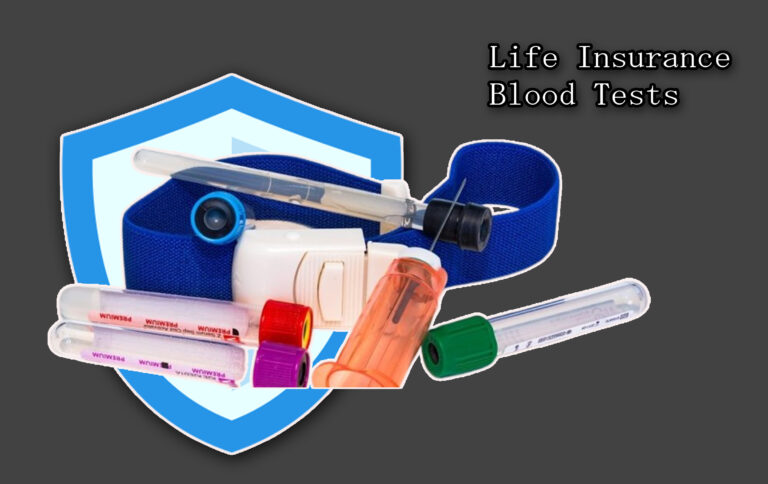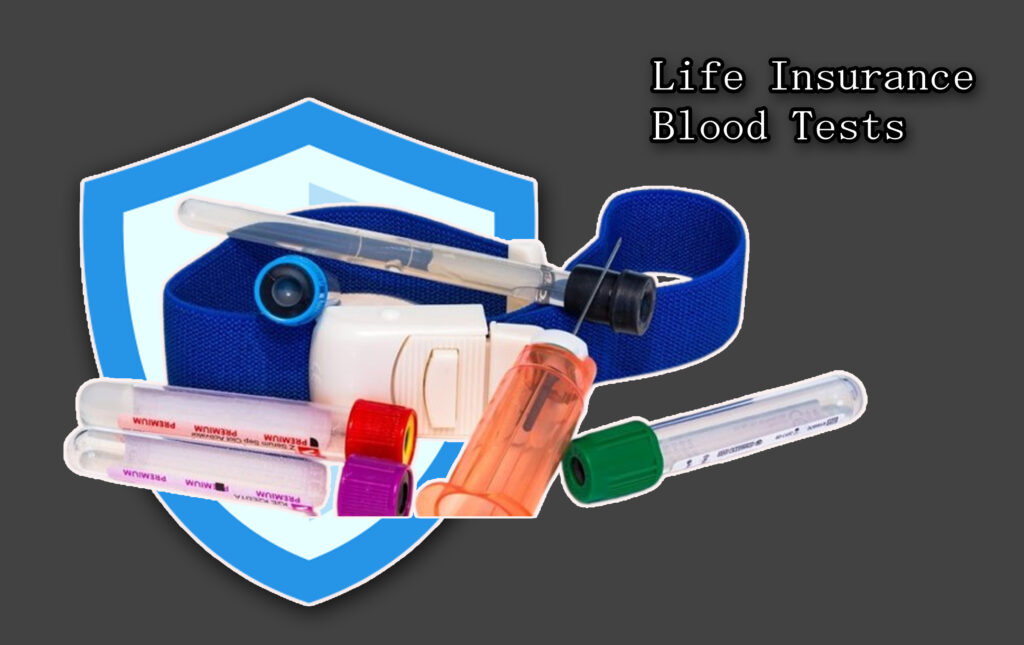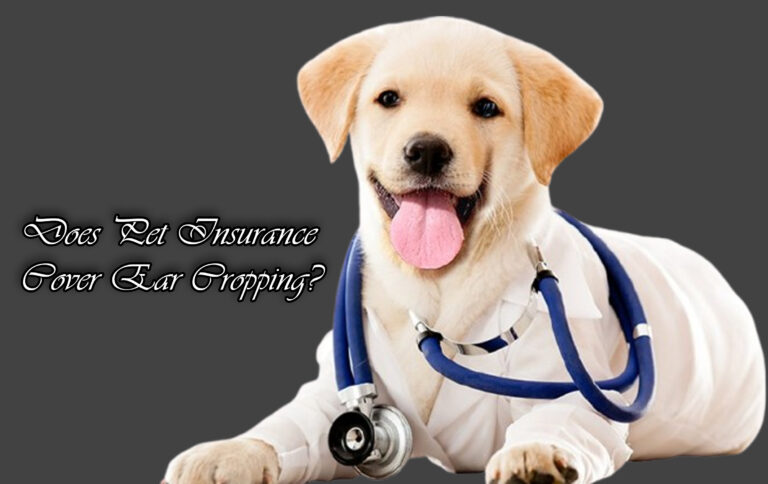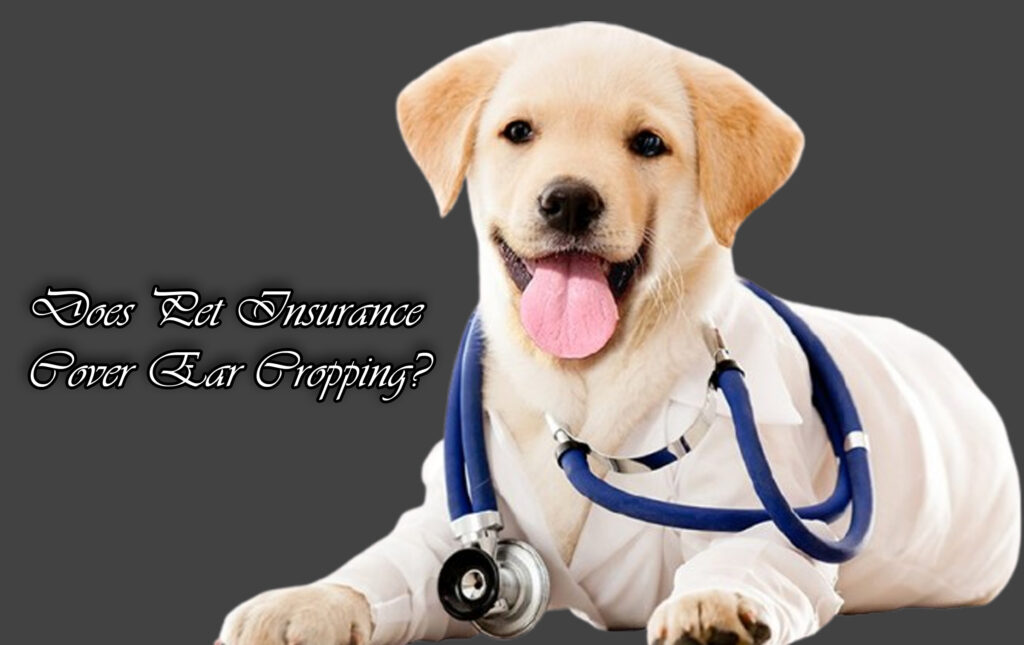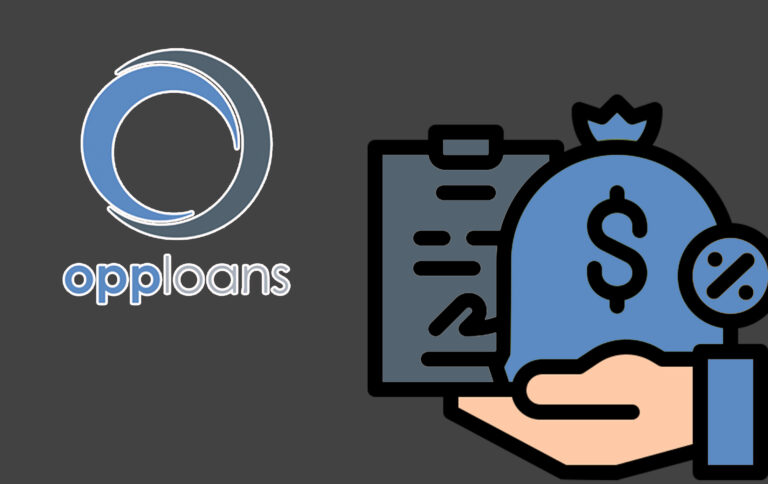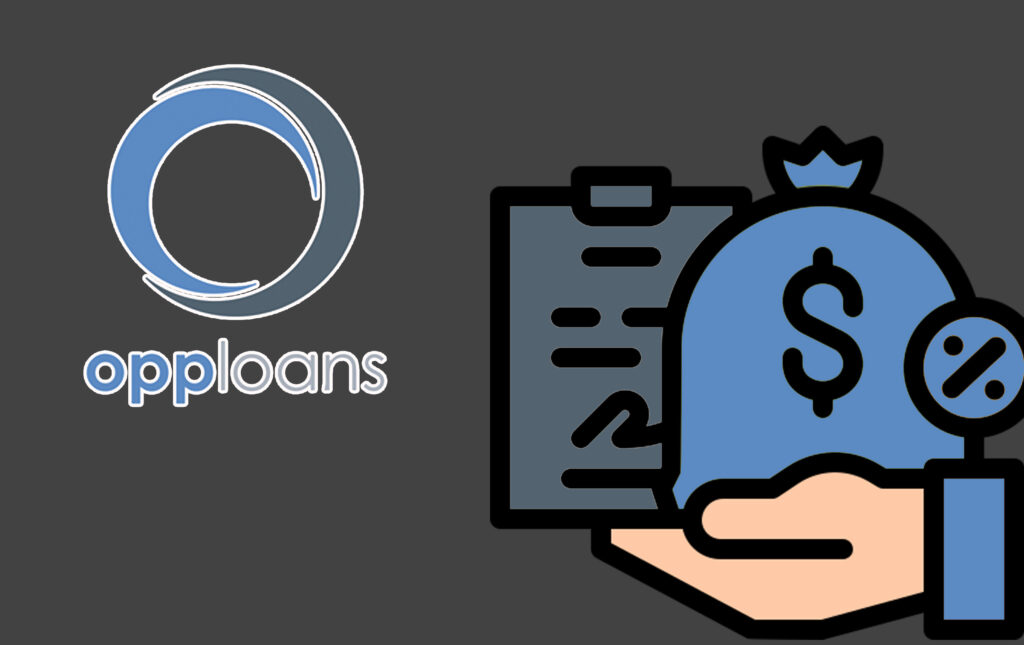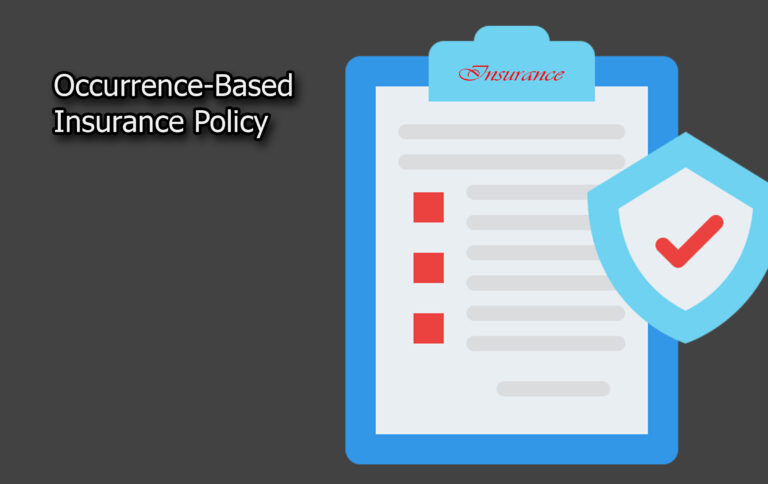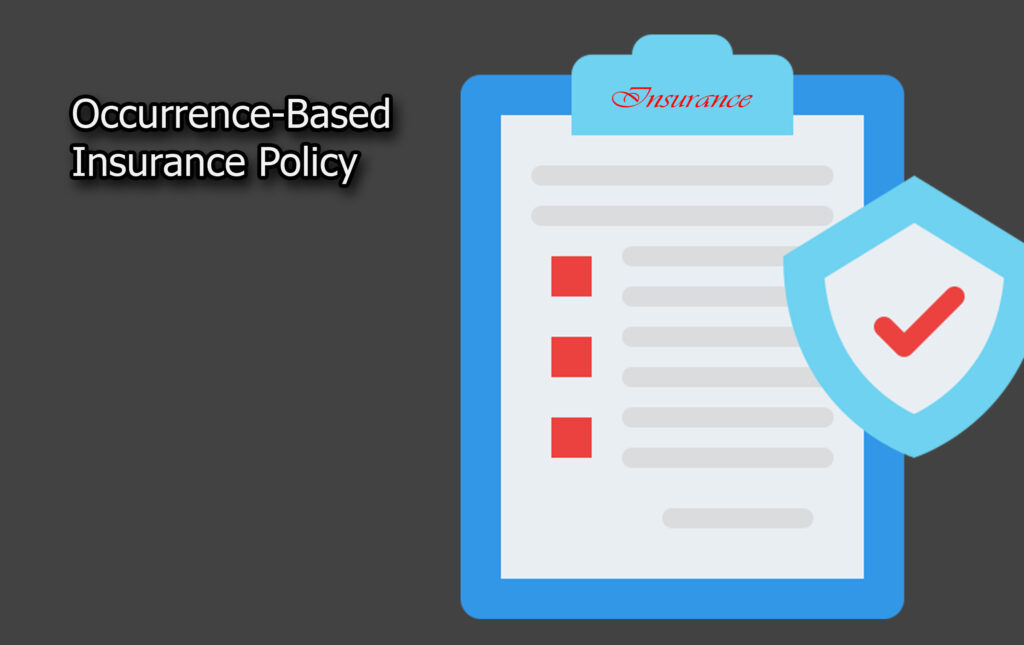What is the Lincoln Financial Life Insurance? Life insurance will always be the result of a sound financial plan, offering security and peace of mind for your loved ones in times of uncertainty.

Among the leading names in the life insurance industry, the Lincoln Financial Group stands out because of its century-long reputation, flexible policy options, and commitment to long-term customer care.
Whether you’re simply planning for your family’s future or looking to build cash value over time, Lincoln Financial Life Insurance has solutions that’s tailored to meet your unique needs.
What is The Lincoln Financial Group?
Founded in 1905 and headquartered in Radnor, Pennsylvania, Lincoln Financial Group is a provider that offers a range of insurance and investment products, with life insurance being one of its most popular services.
What’s more, the policies are designed to help individuals secure their financial legacy, protect dependents, and even support retirement planning.
Types of Life Insurance Policies Offered by Lincoln Financial
Lincoln Financial offers tons of life insurance products specifically tailored to suit different goals and budgets.
Listed below are some of the best they offer and in understanding the policy types, it helps you in choosing the best fit for your long-term needs.
Term Life Insurance
Term life insurance provides affordable, temporary coverage for a set period—usually 10, 15, 20, or 30 years.
This is perfect for people who want significant coverage at a low cost during critical years, such as when raising children or paying off a mortgage.
Some of the key features this policy possesses include:
- Fixed premiums for the term length.
- Payouts to beneficiaries are tax-free.
- Convertible to permanent life insurance without a medical exam.
- No cash value accumulation.
Universal Life Insurance
Universal life insurance offers lifetime coverage along with flexible premiums and the ability to accumulate cash value.
What’s more, this product suits policyholders who want lifelong protection and an opportunity for investment growth.
- Flexible premium payments and death benefits.
- Cash value accumulation with interest.
- Potential to borrow against the policy.
Variable Universal Life Insurance
This product is more investment-heavy themed. It allows policyholders to separate cash value to various sub-accounts, just like mutual funds.
It’s best for experienced investors who understand market risks. Some of the features of this insurance include:
- Greater growth potential, but it’s more subject to market volatility.
- Policyholder control over investment choices.
- Lifelong protection with flexible premiums.
Indexed Universal Life Insurance (IUL)
Policies from this model are a variation of Universal Life model but with a cash value component that’s linked to a stock market index like the S&P 500.
What’s more, it’s designed for those who want growth potential with some protection from market losses.
Unique Features and Riders Available
In addition to the various models of life insurance Lincoln Financial offers, they also enhances their life insurance products with various riders. This includes optional features that allow you to customize your policy to better fit your needs. Some of the common riders included are:
- Accelerated Death Benefit Rider: Which accesses part of the death benefit early if diagnosed with a terminal illness.
- Waiver of Premium Rider: Waives premiums if you become totally disabled.
- Children’s Term Rider: Provides life insurance for dependent children under a parent’s policy.
- Long-Term Care Rider: Offers assistance with expenses related to chronic illness or long-term care services.
These riders provide added flexibility and value to standard policies, ensuring your coverage aligns with your evolving life circumstances.
Pros and Cons of Lincoln Financial Life Insurance
Before choosing a provider, let’s weigh the benefits and limitations that life insurance models from Lincoln Financial group have to offer:
Pros:
- Strong financial stability
- Helpful digital tools and resources.
- Variety of policy options.
- Competitive indexed and variable life products.
Cons:
- Limited online quoting
- Limited application process
- Some policies may require medical exams.
- Not all riders are available in every state.
Frequently Asked Questions
How Much Life Insurance Coverage Should I Get With Lincoln Financial?
The right coverage actually depends on your income, debts, lifestyle, and family size.
A general rule is to aim for 7–10 times your annual income, but Lincoln agents can help tailor coverage to your specific goals.
Can I Borrow Money From My Lincoln Life Insurance Policy?
Yes, if you have a permanent policy like universal or variable universal life, you can borrow from the accumulated cash value.
However, keep in mind that loans may reduce your policy’s death benefit and cash value if not repaid.
Is Lincoln Financial Life Insurance Good For Retirement Planning?
Yes, they are. Policies like Indexed Universal Life or Variable Universal Life offer cash value accumulation and investment opportunities that can support long-term retirement strategies.









